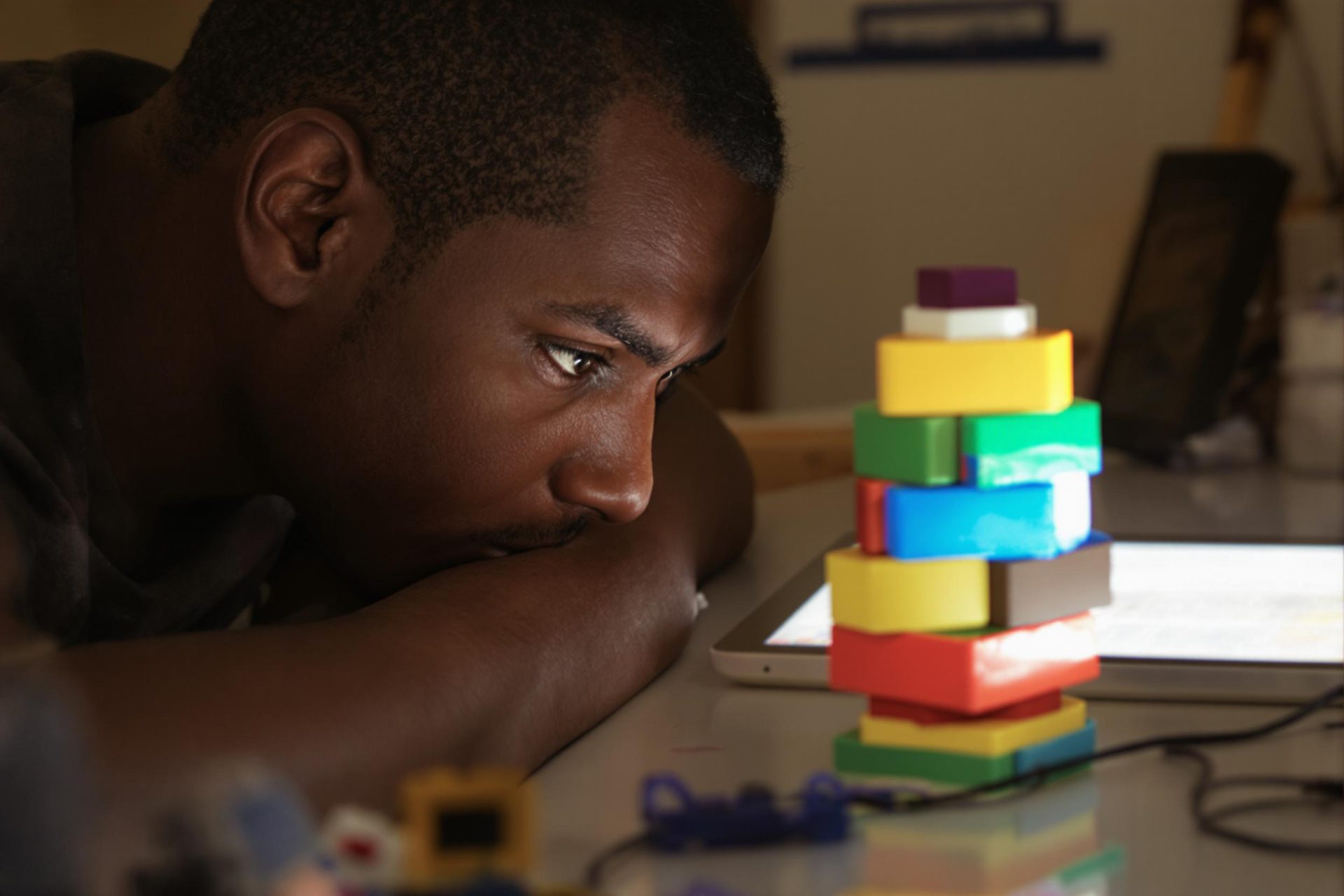Key Takeaways
- A new, free AI tool named LegoGPT can transform your text ideas into actual, buildable Lego designs.
- It generates step-by-step building plans and lists the exact bricks you’ll need.
- Unlike many AI image tools, LegoGPT uses a physics simulator to ensure all designs are stable and physically sound.
- Currently, it works with a limited selection of eight standard rectangular bricks in a compact building space.
- Researchers at Carnegie Mellon University have made the tool’s code, data, and demos publicly available.
If you’ve ever struggled to bring your Lego creations to life, a new AI tool might be just what you need. LegoGPT, available for free, takes your text descriptions and turns them into step-by-step plans for real Lego models.
This clever tool also provides a handy list of the bricks required and how many of each you’ll need to complete your project. It’s designed to be practical for real-world building.
What sets LegoGPT apart is its cautious approach. While many AI image generators create fantastical 3D shapes without considering physics, LegoGPT runs every design through a physics simulator. It checks for weak spots and unstable bricks, reworking designs until they are sturdy.
Think of it like predictive text for words, but instead, LegoGPT predicts the next brick to construct a digital Lego model. This means you don’t need an engineering background or years of Lego experience to create impressive brick art.
The technology behind LegoGPT is a vast dataset called StableText2Lego. According to TechRadar, researchers developed this by building over 47,000 stable Lego structures. They then used OpenAI’s GPT-4o model to analyze images of these structures from various angles and create detailed text descriptions.
You can find LegoGPT’s code, data, and demonstrations on the researchers’ website and GitHub. However, there are some current limitations. The tool primarily uses eight types of standard rectangular bricks and operates within a 20-brick cubed space. So, grand castles or complex curved designs are not yet possible, resembling more classic Lego sets than intricate modern ones. Despite this, the results are fun and remarkably stable.
The potential of LegoGPT extends beyond just making toy blueprints. It hints at a future where AI can generate designs for real-world objects from simple language, ensuring they are not only imaginative but also physically buildable. This could be valuable for prototyping and architectural modeling, or simply a fun weekend activity for Lego fans.
While these limitations mean LegoGPT won’t be replacing professional Lego designers immediately, it marks a significant step in making design more accessible and playful. Interestingly, the system initially focuses on structure, not color, unless specifically requested. However, an optional feature now allows users to specify color schemes for their creations.



